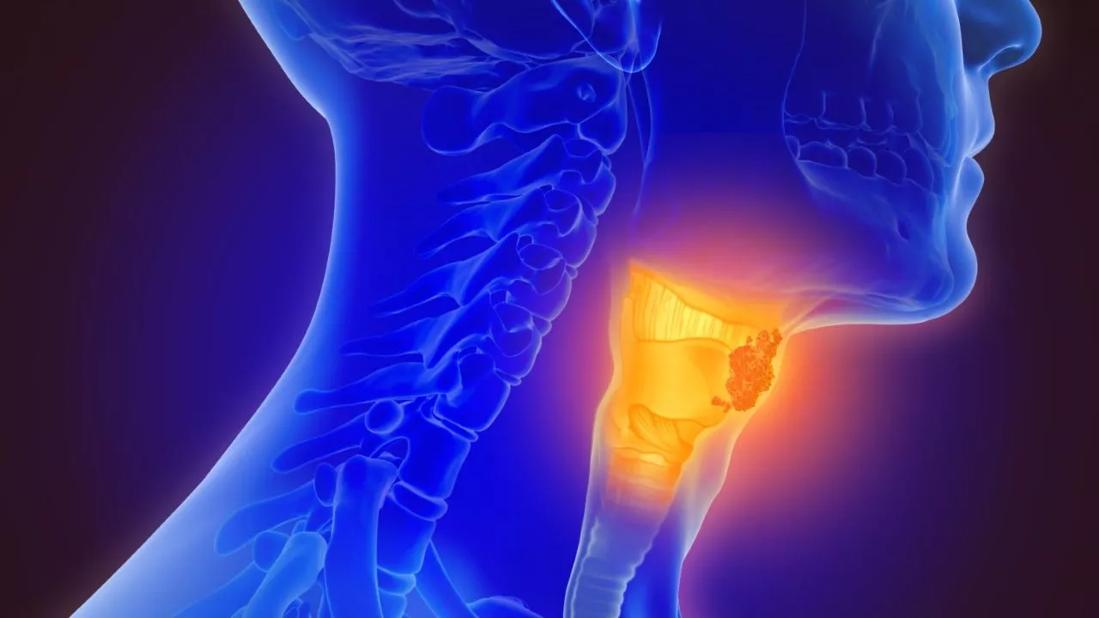
Despite the release of clinical guidelines from the American Academy of Otolaryngology-Head and Neck Surgery Foundation in 2017 on the evaluation of a neck mass in adults, diagnostic delays in identifying head and neck cancers remain common and are a detriment to patients.
Advertisement
Cleveland Clinic is a non-profit academic medical center. Advertising on our site helps support our mission. We do not endorse non-Cleveland Clinic products or services. Policy
According to Brian Burkey, MD, MEd, Chair of the Department of Otolaryngology-Head and Neck Surgery at Cleveland Clinic Indian River Hospital and Institute Chair of Surgical Specialties for Cleveland Clinic Florida, “There is a disturbing lack of suspicion when it comes to evaluating patients with neck masses, and as a result, patients are often diagnosed months after initial presentation. This delay can limit treatment options and worsen outcomes.”

An asymptomatic neck mass is often the first and sometimes only clinical evidence of head and neck squamous cell carcinomas (HNSCC). During a career spanning three decades, Dr. Burkey has seen a shift in patients being diagnosed with these tumors. “Human papillomavirus-associated disease has quickly taken root and become an epidemic of our time,” he says.
The incidence of HPV-negative HNSCC has declined in recent years, in part due to decreased rates of smoking. At the same time, cases of HPV-positive cancers of the oropharynx have risen, becoming the most common HPV-related cancer. HPV is now responsible for an estimated 70% of oropharyngeal cancers in the United States, and older men aged 65 to 69 are at greatest risk.
“While older adults with a history of smoking who present with a neck mass are more likely to trigger an evaluation, physicians should also be suspicious when the patient is younger and lacks tobacco and alcohol exposure,” adds Dr. Burkey.
Though less common, benign and malignant salivary gland tumors are another etiology resulting in painless neck masses. They make up 6% of all head and neck tumors, and the vast majority (80%) are slow-growing benign tumors in the parotid gland.
Advertisement
“Left untreated, some of these tumors will undergo malignant transformation, which is why it is recommended that even benign tumors are removed,” explains Dr. Burkey. “Here in Florida, I also see patients with metastasized skin cancer of the parotid, making a history of skin cancer a red flag during evaluation.”
While malignant parotid tumors typically present in patients in their 60s and older, benign tumors are more common in patients in their 40s and 50s. Slow progressive swelling of the parotid gland is the classic clinical presentation, but some patients with malignant tumors also may experience pain.
Treatment of head and neck cancer typically involves a combination of surgery, radiation and chemotherapy. There have been many advances in surgical care for resecting primary HNSCC tumors, such as transoral robotic surgery and transoral laser microsurgery. “Today I use a minimally invasive technique for almost all my patients with primary oropharyngeal cancer,” notes Dr. Burkey.
He also points out that HPV-associated disease is more susceptible to radiation and chemotherapy drugs, which makes for a better prognosis and reduced reoccurrence.
The treatment of choice for benign and malignant parotid tumors is parotidectomy, either superficial or total, with preservation of the facial nerve. The recent application of facial nerve monitoring to minimize temporary nerve trauma has improved patient outcomes by reducing the risk of nerve palsy. “This technology has truly revolutionized how I do this procedure, and I now use it during all my parotidectomies,” says Dr. Burkey.
Advertisement
The AAO-HNSF clinical guidelines on neck mass evaluation asserts that adults presenting with an asymptomatic neck mass should be considered malignant until proven otherwise in patients with risk factors for developing head and neck cancer.
Dr. Burkey echoes the importance of this essential first step to a timely diagnosis, recommending a referral to a specialist for all adult age groups, especially those 40 and older, when a neck mass persists for more than a month.
Advertisement
Advertisement

First-of-its-kind research investigates the viability of standard screening to reduce the burden of late-stage cancer diagnoses

Global R&D efforts expanding first-line and relapse therapy options for patients

Study demonstrates ability to reduce patients’ reliance on phlebotomies to stabilize hematocrit levels

A case study on the value of access to novel therapies through clinical trials

Findings highlight an association between obesity and an increased incidence of moderate-severe disease

Cleveland Clinic Cancer Institute takes multi-faceted approach to increasing clinical trial access 23456

Key learnings from DESTINY trials

Overall survival in patients treated since 2008 is nearly 20% higher than in earlier patients